Willy Wonka National Park! ..and an RV water leak!
- Spencer
- Sep 12, 2023
- 6 min read
Updated: Aug 26, 2024
=====================================================
After leaving the very windy Brantley Lake State Park, our route led westward to Alamogordo, New Mexico, home of white sands.

Our RV park of choice was Alamogordo / White Sands KOA . The park is nestled up against the Sacramento Mountain range and being raised in the flatlands of Delaware, I still find the sight of mountains very awe-inspiring.

We arrived here in February of 2019 and even though we were this far south, we were greeted by a dusting of snow (grrrr!)!

WHITE SANDS NATIONAL PARK:
Not far from our campground laid the focus of our visit, White Sands National Park. From overhead, it looks as if someone dropped a scoop of vanilla ice cream onto an over-baked pie crust. That patch of white is miles and miles of gypsum.

In fact, this basin contains over 275 sq. miles of piles of cool, white gypsum!

Yes, sitting at the northern end of the Chihuahuan Desert, which stretches from the southwestern U.S. into northern Mexico, sits a massive field of glittering white sands that form otherworldly dunes.

"What is gypsum used for?", you may ask. I never realized how many uses this mineral has: plasters, drywall, ceiling tiles, partitions, toothpaste, shampoos, fertilizers etc.. In fact, that chalk that your grade-school teacher used (I know, I'm dating myself), was made from gypsum!
It felt very weird approaching the shiny, white mounds because my mind's-eye expected to feel this:

..but instead it was like walking on a pile of fine, sweet, granular sugar.
It took a bit of mental adjusting to square the feel sand under my feet all the while seeing fields of white snow. It was quite an experience.

The environment is stunning. Below are a few more pictures that I took as we hiked around the park.
We weren't the only ones enjoying ourselves!

You can also rent "sleds" (more like lunchroom trays) and try to sled (slowly) down the dunes. Most of the time, the sleds would stop suddenly and the riders would tumble out. If you needed any more confirmation that we weren't on snow, that was it!
A BIT OF THE PARK'S HISTORY:
This area was originally designated a National Monument on January 18, 1933 by President Herbert Hoover but was re-designated a National Park in 2019 by President Trump. Does anybody know the difference between a National Monument and a National Park? Well, I didn't until I started writing this post.
Basically, National Monuments are a subset of the National Park system, and usually are intended to preserve at least one nationally significant resource, while a National Park usually contains multiple (animals, land, water, or areas of great scenic and scientific quality). If, by chance, you're interested in reading more about these different designations, (for instance, Mount Rushmore is a dedicated National Memorial) click HERE.
HIKING:
While here, we hiked the Alkali Flat Trail. Contrary to its name, the trail is anything but flat! We traveled up and over numerous dunes, across barren plains and even got lost a few times. The trail markers are nothing but plastic posts stuck in the sand. A good stiff wind will blow them over hiding them from sight, as we found out.

Although the scenery was gorgeous, the 4.4 mile (poorly marked) trail turned out to be more like a 6 mile trek.
DON'T WANDER OFF TRAIL!
As you get to the far end of the trail, you come across these disturbing signs:


It's a reminder that the national park lies adjacent to the White Sands Missile Range, and that the pilots who train there have very poor aim!
ONE LAST INTERESTING TIDBIT ABOUT THESE DUNES:
Gypsum is actually a clear substance. These dunes appear white like snow because the gypsum grains are constantly banging into each other causing scratches. The scratches reflect the sun's rays making them appear a sparkling white. Also, unlike (silica) sand, gypsum doesn't absorb heat from the sun leaving it cool to the touch.
If you're ever in this section of the country, you have to visit this National Park. It will leave you feeling..


WHAT ELSE IS THERE TO DO IN THE AREA?
ALAMOGORDO:
Not much to see or do in this uninspired little town of 32,000 people.

They do have a Walmart and all the major fast-food restaurants so it's a good place to restock but other than that, we don't have much to report. They do have a Museum of Space History that came highly recommended because it is filled with many great artifacts from a moon rock to astronaut food to their space suits but because our time was limited, and given that we had visited the Cape Kennedy Space Center about a year earlier, we decided to bypass this attraction.

WHITE SANDS MISSILE RANGE:
The White Sands Missile Range has a museum on sight that's open to the public. You'll need to get security clearance before entering the grounds so make sure everyone in your party brings their driver's license.
CLOUDCROFT:
A timber-mining town turned tourist mecca.

Back in 1899, when the railroad was coming through this area, local lumberjacks were hired to clear a pathway. In order to house these workers, the Alamogordo-Sacramento Railroad built a Bavarian-style lodge.

Because of its beauty, the lodge attracted many tourists and in 1908 was open to the public.
Many famous people have stayed here including Greta Garbo, Pancho Villa, every New Mexico governor going back to 1901, presidents, and lastly Clark Gable and Judy Garland (1940). In fact, scratched into the wall of the sun room at the top of the central tower reads a message, written under a hand-carved rainbow:

The inscription reads "Judy Garland
was here
Clark Gable"
And, no, we did not see the ghost of Rebecca, who allegedly haunts this building.
We spent an enjoyable afternoon walking around the town and the lodge.

WEED!
If you're looking for weed while here, I know a good source. All you have to do is follow route 130 east out of town. It will take you to the hamlet of... Weed, NM. This crossroad was founded in 1884 by William H. Weed who opened a store to sell goods to the local farmers. Somehow, it has managed to stay in existence all this time even with a population of only 63 people. We visited the local post office (the postal lady was very friendly) and mailed a postcard, with a 'Weed" postmark to our niece back in Delaware.
We didn't know what to expect when headed out this way, but needless to say, we didn't stay long.

TWO LAST POINTS OF INTEREST:
(1) THE WEATHER:
If you want to know what the apocalypse is going to look like, travel no further. We encountered this really bad storm while here.

One of the unexpected challenges we've faced on this journey is knowing how to read the weather. Each area of the country exposes us to brand new weather patterns, and we don't know what is considered "normal" verses "OH SH*T!" When I saw this cloud formation, my first thought was:

I immediately started to pack our bug-out bag. But looking around, everybody else seemed to be going about their business with barely a concern about the overhead canopy of angry, brooding clouds.
Their lack of anxiety gave me some assurance that the end wasn't nigh. This storm blew in quickly, dumped a bunch of water, and dissipated just as fast.
Whew!
(2) CAMPGROUND ACTIVITIES:
One recommendation we would have for anybody who decides to travel by RV, if your campground offers evening activities, whether it be wine tasting, or a community fire pit, or karaoke, stop by for a visit. They almost always turn out to be fun. The Alamogordo KOA had a music night where musicians (and I use that term loosely) from inside the park and the surrounding community came together for a blue-grass/country-music jamboree. It was fun to hear the music and listen to their jokes and stories. Back when Lorraine's father was alive, he had a similar group of friends that would play country music together, so this night brought back a lot of good and sentimental memories.


Just to show that RVing is not all fun-n-games, while camped here, I discovered water dripping from the bottom of our RV. After my initial panic, I pulled everything out of our storage area (the basement), removed the retaining wall, and crawled through the maze of wires, supports and pipes to discover that the cold water inflow tube to our water heater, had developed a leak. Yikes!

We have called ahead to a RV repair facility in Las Cruces (our next stop) who will be able to see us. We'll let you know how things turn out.
See you on down the road!



























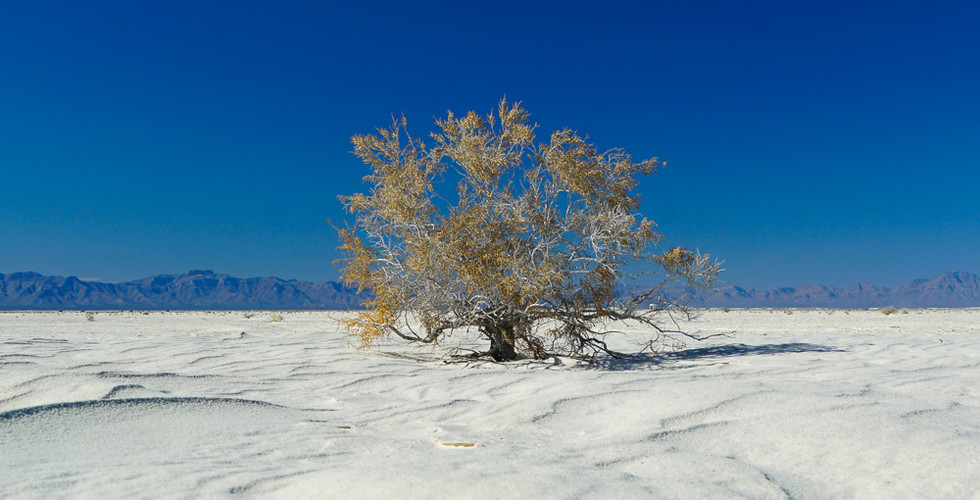





























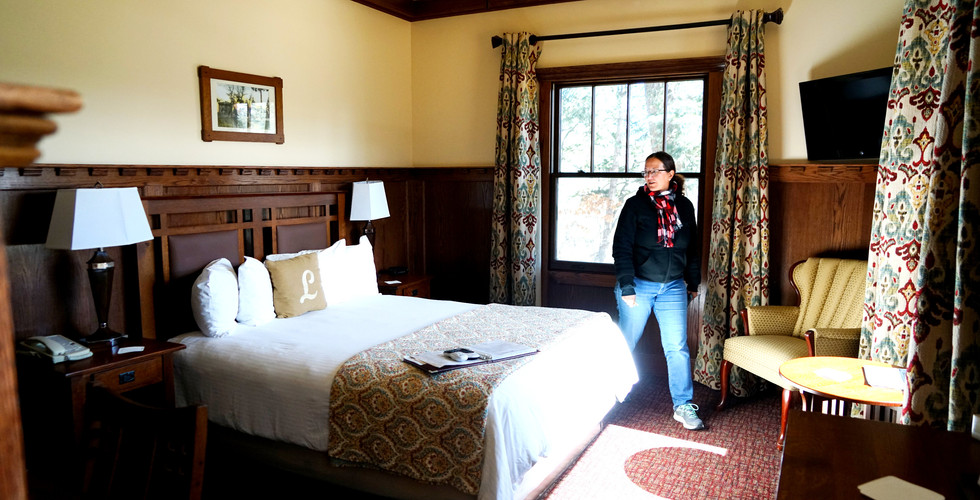







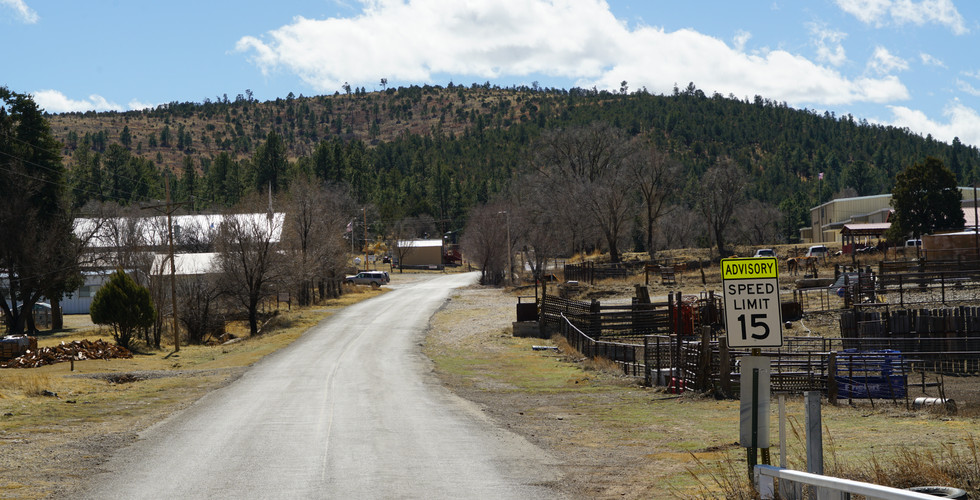
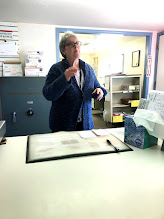
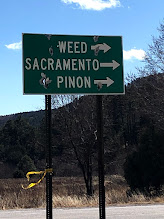







White Sands is also one of our favorite national parks for its unique landscape. Loved your pictures and story. The Valley of fire is also worth a look as is that space museum you did not visit. It’s because of Ham, the first chimpanzee in space. So you have to return one day.